Now more detailed info from the plants that are already posted in the first post above:
Acacia acuminata 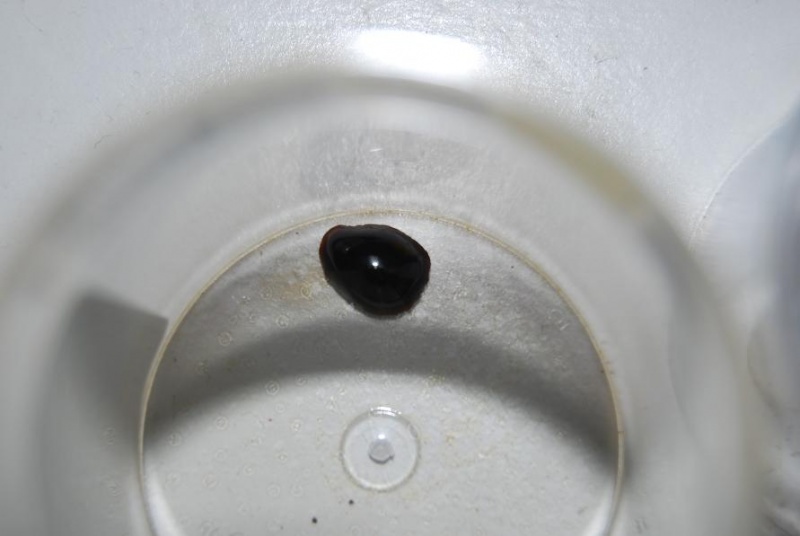
Dark red dry goo/taffy-like. Smells like dmt/indole compounds.
Harvest and extraction methodsnen888 wrote:(broad leaf var.) phyllodes was collected June and extracted A/B with water, ethanol, vinegar, NaOH, DCM..20 grams broad-leaf strain phyllodes yeilded a bit over 200mg alkaloid
TLC GC-MS results
GC-MS results(image in first post)
The 3-Methyl-Quinoline is NIST's best guess at 18% chance. The spectra is similar but its certainly not a definite identification. It's some cyclic compound... Im attaching a pic of the spectra of this substance VS what the 3-methyl-quinoline spectra would actually be, for others to check
Plus a few
unidentified trace peaks with low signal. Potential identification of unknowns or possible class of compounds:
A- Some plant ketone. NIST gives a 54% chance identification of it being megastigmatrienone, a substance also present in the essential oil of styrax officinalis.
B- Unknown, too weak signal, NIST gives no good guesses. Maybe some fatty acid?.
C- Unknown probable plant acid.
D- Possible tryptamine/indole-based compound. NIST gives 21% chance of it being 4-(1H-Indol-3-yl)-1-butanamine.
E- Another possible indole/tryptamine based compound. NIST gives 73% chance of it being N-Acetyltryptamine. This might also be N,N-formyl,methyl-tryptamine. This peak has also been found in mimosa, check jungle thread in my signature
F- Possibly bitrex. Nen888, was the alcohol you used to dissolve the alkaloids denatured?
G- Some long chain compound, possibly fatty acid
As always, im attaching the agilent .MS file (in the .rar file) for anybody who wants to double-check my work. To open up the file and see peaks, use AMDIS program as linked
here. Soon I will also be attaching a zipped file with the images comparing the mass spectra of the unknown/unconfirmed compounds vs some known standard, for those that dont want to download the NIST program.
Comments:
* Very interesting the extremely large amount of beta carbolines. Could significantly alter the experience.
* What about these phenetylamines, can they affect the experience?
* What is the safety of all of these compounds?
* How would different extraction methods and time of year of collection change the results?
Acacia confusaStem, and bark (tested separately)
TLCResults: NMT, DMT + another different spot in stem vs bark
Here's the TLC of both. Left column is DMT standard, middle column is rootbark, right column is stembark. This was done with methanol:ammonium hydroxide 100:2.5, with silica gel F254 from merck (seen under UV 254 nm)

There are the NMT in both, then DMT, and each one has an alkaloid with high Rf
GC-MSResults: Both Acacia confusa stem and rootbark contain
mainly DMT and NMT as the alkaloids, plus other traces of substances.
Full results description:
In the GC-MS system we're using, both NMT and DMT are co-chromatographing, so its hard to give relative quantities because part of the peak curves are overlapping. In any case, with both stem and rootbark, it seems to be around 50/50% of NMT/DMT in both of them (or lets say, due to uncertainties of peak, anywhere between 30/70 to 70/30%). The profile of both stem and rootbark seemed pretty similar, there were only small differences. They both had a few other small peaks (>1%). They both had very small amounts of 2MTHBC (which might be analysis artifacts? This is still an ongoing doubt we are discussing in
this thread), plus a few peaks of other substances such as plant sugars and fatty acids, which were a bit different in stem vs bark but both were only trace/very small amounts. What could potentially be different in stem vs bark is the overal quantity of NMT and DMT, but i did not do them in equal dilutions (due to lack of enough plant material) so I cannot really do quantitative comparison between stem vs bark. They both also nearly undetectable trace amounts of Skatole, check
this thread for more info
Acacia obtusifolia extracts Twigs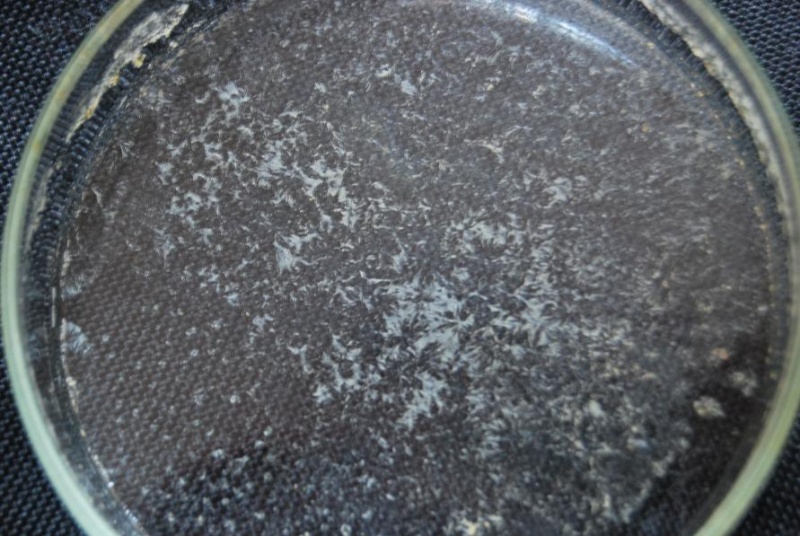 Harvest and extraction methods
Harvest and extraction methodsnen888 wrote:(southern NSW) twigs separated from leafs, were collected March. Extracted A/B with water, ethanol, vinegar, NaOH, DCM. Washed of color in solvent (with salty NaOH). Small twigs yielded 0.6-0.7% alkaloids
Smells DMT-like
TLC(check post #3 for picture)
DMT
GC-MS(image in first post)
This 3-methylquinoline is unconfirmed. Someone suggested it might be the cyclicized product of phenetylamines found in some Acacias as we're speculating in
this thread?). Below Im posting the mass spectra of this substance) Any small amount of NMT is co-chromatographing with DMT
Leaf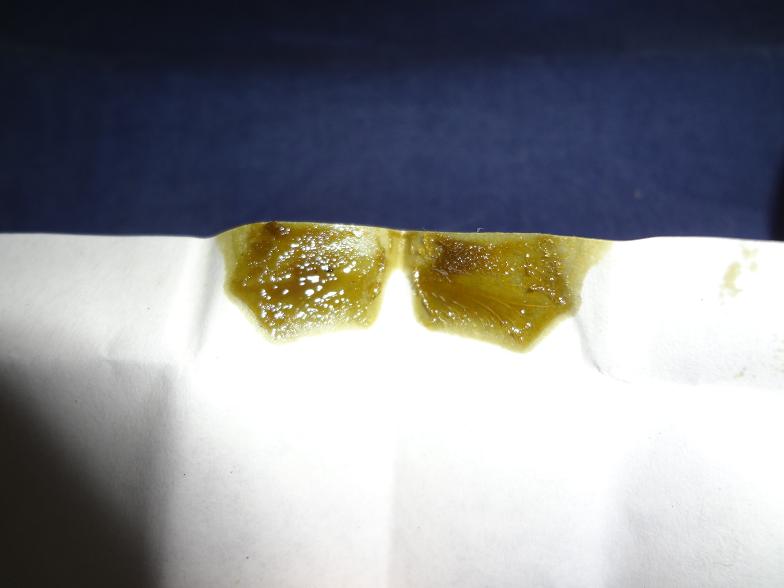
Dark green gooey product, smells DMT-like
Harvest and extraction methods, yield(same as twigs, 0.4-0.5% yield)
TLC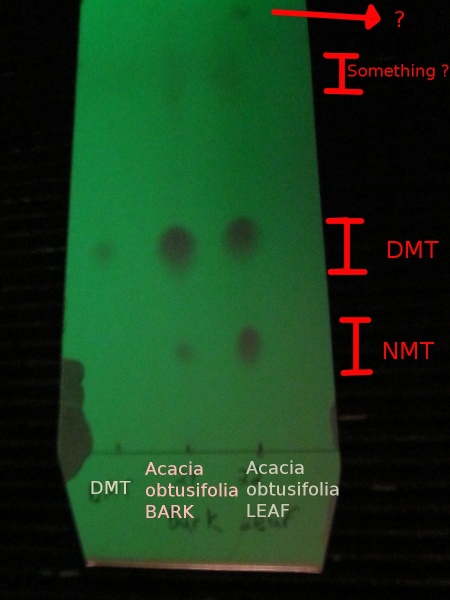
DMT + NMT + unknown spot or two
GC-MS(image in first post)
Any small amount of NMT is co-chromatographing with DMT. The 3-Methyl-Quinoline identification is unconfirmed. Its mass spectra is posted below.
Bark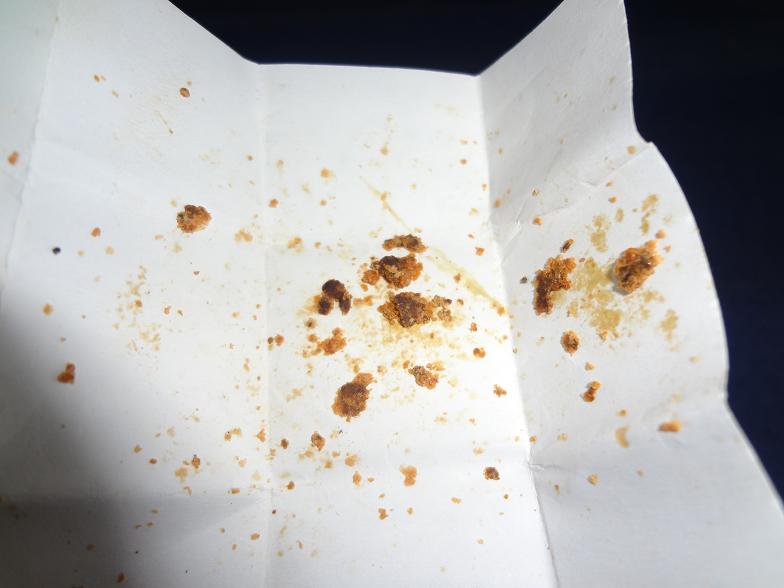 Harvest and extraction methods
Harvest and extraction methods(southern NSW) , same as twigs and leaf, initially similar looking to the acuminata leaf extract, was washed with salty NaOH/H20 to become an orange/pale brown wax..0.5-0.6% yield)
TLCDMT + NMT + possibly another spot
(see picture of Leaf TLC above)
GC-MS(image in first post)
Any small amount of NMT is co-chromatographing with DMT. The 3-Methyl-Quinoline identification is unconfirmed. Its mass spectra is posted below.
Acacia obtusifolia x maidenii leaf and twigs extract 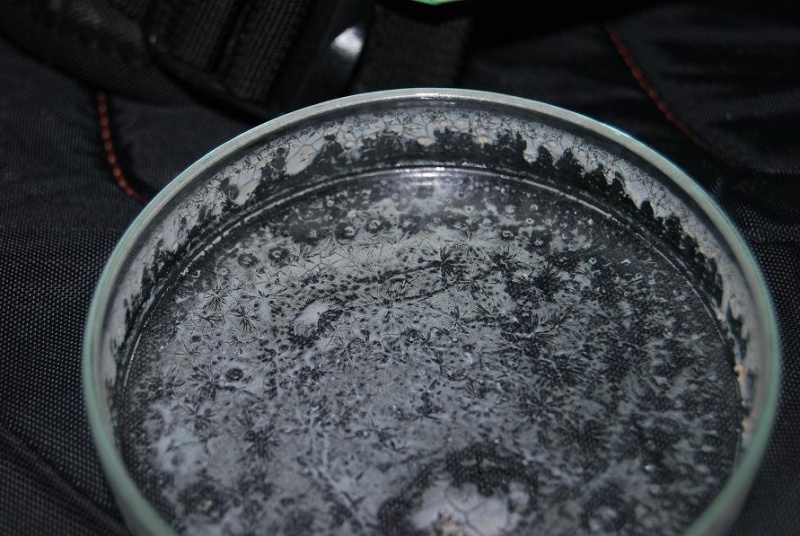
Smells DMT-like with maybe a hint of something like camphor/menthol
Harvest and extraction methodsnen888 wrote:(branch bark & leaf) is from April. Extracted A/B with water, ethanol, vinegar, NaOH, DCM. Washed of color in solvent (with salty NaOH)
TLC(Picture in post #3)
DMT
GC-MS(image in first post)